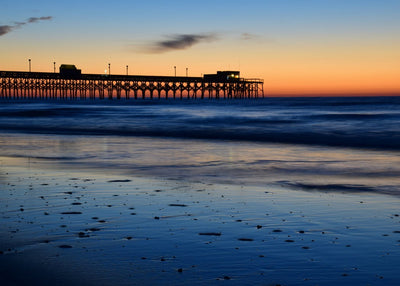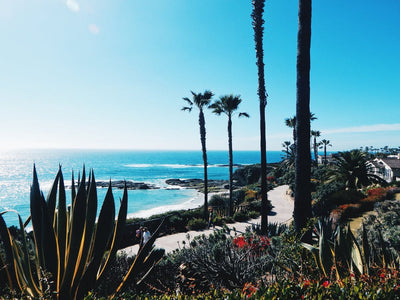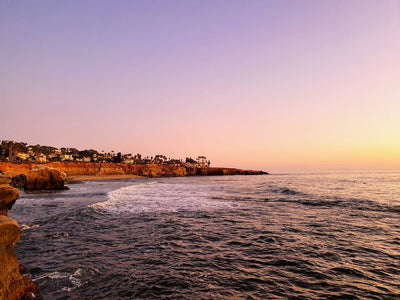Hard water can have negative effects on our quality of life. The most common one is getting dull clothes right out of the washer. It can also lead to a deposit on utensils and hardware in the house. What’s more? You may have noticed scale build-up in pipes and on fixtures. The only solution to all these issues of hard water is to install a water softener in the house.
A water softener reduces the hardness level of water and retains the vibrant colors of your outfits. Not only this, but water softeners also help increase the longevity of energy appliances such as dishwashers or water heaters. This eventually leads to less water, energy, and detergent usage.
Originally, salt-based water softeners were a solution to reduce water hardness and eliminate negative effects. However, salt-based water softeners have some major drawbacks, and several municipalities and states are banning their installation. The reason for this is simply that this type of water softener can add a lot of salt to the environment. This ultimately has negative effects on our environment and local water bodies. Therefore, it is best to choose a salt-free softener if you are looking to install a water softener in your house.
Where Should You Install Your Water Softener?
Once you decide that you’ll install a water softener in your home, you need to decide where you’ll install it. Based on your water usage and home’s architecture, you need to choose a strategic location to install your water softener.
The place you install your water softener should be a flat leveled and accessible area. Ideally, it should be close to where the entry of your house’s water supply is. For a lot of homeowners, the basement works best. However, you can also go for any heated, insulated space, such as a peripheral storage area or crawlspace. Most people install their water softeners along with their whole house water filters. While these locations work best, the ideal location is not always available to all homeowners.
In many cities and countries with warmer weather, basements are a rare occurrence in homes. In such a case, finding the perfect spot for your water softener can be challenging.
Installing a Water Softener outside Your Home
There can be a number of reasons for not being able to install your softener inside your house. You may not have a basement or crawlspace in your house. Or, if you are going for the traditional water softener system, it may demand a lot of space.
For instance, a salt-based water softener comes with two different tanks: the taller and slimmer media tank and the shorter and fatter brine tank where you periodically add the salt. While it is best to install your water softener near the entry of your water supply, it is totally possible to do it outdoors.
If outdoor seems like the only preferable place for your water softener, there are quite some things that you need to know. This is because the outdoor installation of a water softener is still a bit complicated. While it is technically possible to install softeners outside of your home, it can come with a few challenges and restrictions.
Moreover, most manufacturers advise against the idea. They recommend installing your water softener in a shaded place where it stays protected from sun, rain, snow, and wind. This is the reason a basement is an ideal place for water softener installation.
Outdoor Conditions
The first thing to keep in mind if you’re planning to install your softener outdoors is that it can void the warranty of your system. This is mostly due to the weather conditions that can interfere with the efficiency of your water softener. So, consider the following factors before you finally install your water softening system outside your house.
Exposure to Sun
A water softener turns hard water into its non-harmful soft state through the process of ion exchange. The resins in the chamber or tank do this via an ion exchange process. This resin releases sodium ions in the water while the calcium ions already present in the water bind to the resin structure.
Since the resin structure is what does all the entire work of reducing the hardness level of water, it is important to protect it from sunlight. The sun’s UV rays can deteriorate the resin bed. Not only this, but sunlight exposure can also weaken the plastic and composite components of your water softener. As a result, they could easily break with the passage of time.
Temperature
While most water softeners are made of robust materials that can tolerate most temperatures, the surrounding temperature can largely affect efficiency and durability. So, make sure you consider the temperature of the place you live in before installing a water softener outside your house.
The primary risk is freezing temperatures. The resin tanks in water softening systems are made of fiberglass. This is a material with poor insulating properties, so extremely low temperatures can cause water to freeze. This can result in temporary problems like blockages or more severe ones like damaging the entire water softener.
If your area experiences low temperatures and you absolutely can’t install your softener in your basement or garage, precautionary measures are important. To prevent any problems, you can also install water softener enclosures along with your water softening system.
Conclusion
A lot of times, homeowners might not have the space in their homes to install a water softening system. However, they may still need a water softener to prevent the adverse effects of hard water. In such a case, you can opt to install it outdoors with keeping a few things in mind. Exposure to sunlight and extreme temperatures can affect the durability and efficiency of your water softening system. A few ways you can avoid this are:
- Use a water softener enclosure
- Use a water softener cover
- Install the water softener underground














